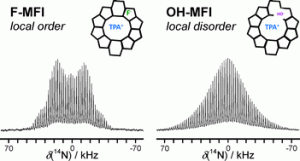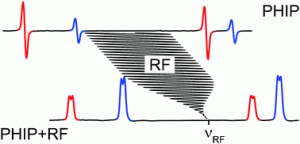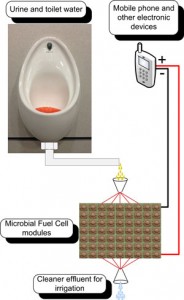You can take a look at the excellent articles we have selected this week by clicking on the links below:
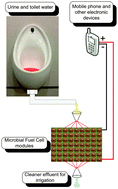 Waste to real energy: the first MFC powered mobile phone
Waste to real energy: the first MFC powered mobile phone
Ioannis A. Ieropoulos, Pablo Ledezma, Andrew Stinchcombe, George Papaharalabos, Chris Melhuish and John Greenman
DOI: 10.1039/C3CP52889H
Modulation of the stability of amyloidogenic precursors by anion binding strongly influences the rate of amyloid nucleation
David Ruzafa, Francisco Conejero-Lara and Bertrand Morel
DOI: 10.1039/C3CP52313F
Electron transfer with azurin at Au–SAM junctions in contact with a protic ionic melt: impact of glassy dynamics
Dimitri E. Khoshtariya, Tina D. Dolidze, Tatyana Tretyakova, David H. Waldeck and Rudi van Eldik
DOI: 10.1039/C3CP51896E
Stabilizing effect of electrostatic vs. aromatic interactions in diproline nucleated peptide β-hairpins
Kamlesh Madhusudan Makwana, Srinivasarao Raghothama and Radhakrishnan Mahalakshmi
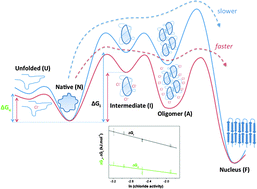 DOI: 10.1039/C3CP52770K
DOI: 10.1039/C3CP52770K
Accurate adsorption energies of small molecules on oxide surfaces: CO–MgO(001)
A. Daniel Boese and Joachim Sauer
DOI: 10.1039/C3CP52321G
Solution-processed small molecule:fullerene bulk-heterojunction solar cells: impedance spectroscopy deduced bulk and interfacial limits to fill-factors
Antonio Guerrero, Stephen Loser, Germà Garcia-Belmonte, Carson J. Bruns, Jeremy Smith, Hiroyuki Miyauchi, Samuel I. Stupp, Juan Bisquert and Tobin J. Marks
DOI: 10.1039/C3CP52363B











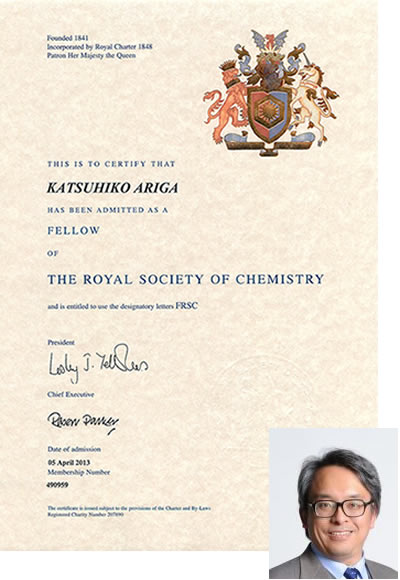

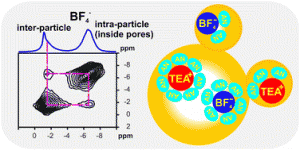
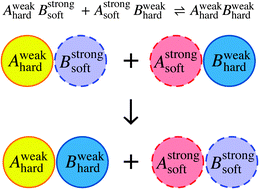 When I was perusing the ‘recently published’ pages for something to write about, I was moderately surprised to stumble on this article. It immediately caught my eye as being unlike anything I’d ever seen in
When I was perusing the ‘recently published’ pages for something to write about, I was moderately surprised to stumble on this article. It immediately caught my eye as being unlike anything I’d ever seen in 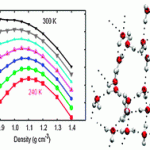
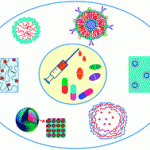
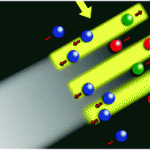
 Chemistry World Editor Jennifor Newton interviewed Cafer Yavuz from KAIST about his career in Chemistry including his
Chemistry World Editor Jennifor Newton interviewed Cafer Yavuz from KAIST about his career in Chemistry including his 